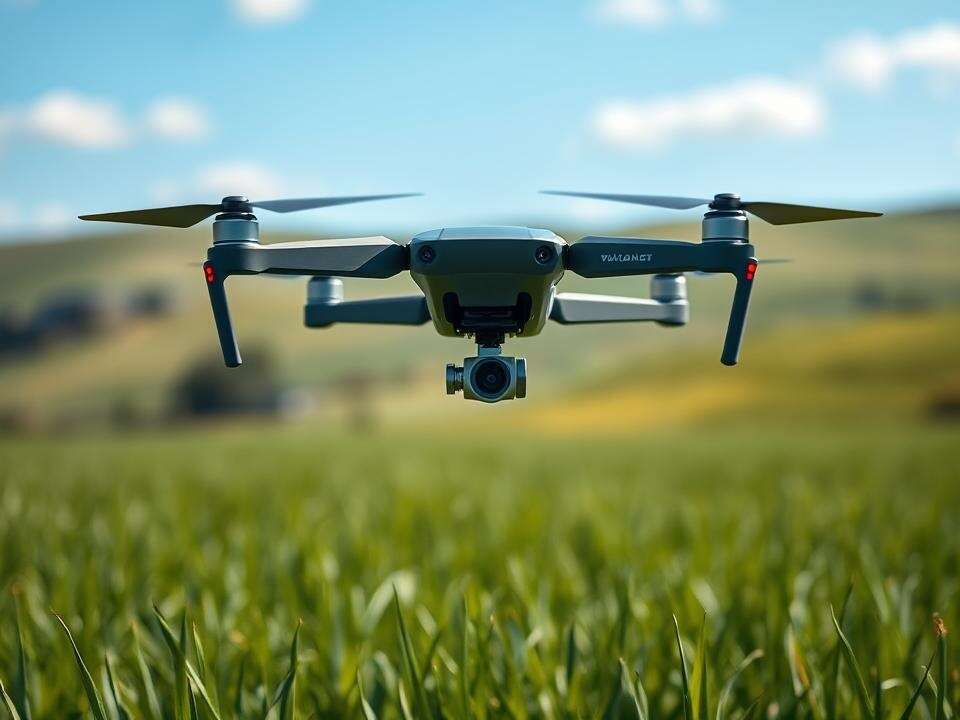Collaboration Between Skydweller Aero and Thales for Maritime Surveillance Drone
A significant partnership has been formed between US-based tech company Skydweller Aero and French defense firm Thales to develop a groundbreaking solar-powered drone for maritime surveillance. This innovative aircraft is designed to remain airborne for up to 90 days, marking a major advancement in the field of long-duration aerial monitoring.
Purpose and Design of the Drone
The primary objective of this collaboration is to create an aircraft capable of extended defense surveillance missions over vast oceanic regions. The drone is powered entirely by solar energy, eliminating the need for refueling during its operation. This makes it ideal for monitoring long-distance maritime routes, where traditional aircraft would require frequent maintenance or fuel stops.
Thales will contribute advanced radar systems tailored for maritime operations, enhancing the drone’s ability to detect and track vessels and other objects at sea. This partnership is expected to significantly improve the efficiency and effectiveness of maritime surveillance.
Technical Specifications and Capabilities
The drone is equipped with an impressive array of solar cells, totaling over 17,000, spread across 2,900 square feet of wing area. Its wingspan measures 236 feet, which is 25 feet longer than that of a Boeing 747. Under optimal conditions, these solar cells can generate up to 100 kilowatts of power, providing ample energy for the drone’s operations.
To sustain flight through the night, the drone relies on stored energy in its batteries. However, battery capacity may degrade over time, potentially affecting the drone’s endurance. The aircraft is constructed using carbon fiber, making it lightweight yet durable. It can carry a payload of 800 pounds, allowing it to transport essential systems such as radar and communication equipment for maritime patrol.
Focus on Mid-Altitude Performance
One of the key challenges faced by previous solar-powered aircraft has been structural stress at mid-altitudes, typically ranging from 6,500 to 32,800 feet. These altitudes often pose risks due to turbulence and pressure changes, leading to failures in earlier models.
The Skydweller drone is specifically engineered to operate within this altitude range. It uses advanced software to mitigate turbulence-related stress and features a gust-load alleviation system integrated into its flight controls. This system helps prevent damage and ensures smooth operation even in challenging conditions.
To maintain continuous flight for 90 days, the drone is equipped with a quadruple-redundant flight control system. If one component fails, another immediately takes over, ensuring uninterrupted operation. Additionally, the vehicle management system employs self-healing code, allowing it to detect, isolate, and repair software issues mid-flight. This feature is crucial for maintaining operational integrity over extended periods.
Limitations and Future Development
Despite its remarkable capabilities, the drone does have certain limitations. While it can fly at night using stored solar energy, the gradual degradation of battery life may reduce its maximum patrol time. Furthermore, the reliance on sunlight restricts its use in polar regions during the winter months when daylight is scarce.
Future test flights will focus on evaluating the drone’s full potential, with an emphasis on extending its operational duration and refining the integration of radar systems. These tests will provide valuable insights into how the drone performs under various environmental conditions.
Although there are challenges to overcome, the project represents a significant step forward in the development of renewable energy technologies and advanced surveillance systems.
Frequently Asked Questions
What makes the Skydweller drone different from earlier solar aircraft?
The Skydweller drone is uniquely designed to operate safely at mid-altitudes, utilizing gust-load control and self-healing systems to ensure uninterrupted long-duration surveillance missions.
How will Skydweller manage flight at night or in low-light areas?
The drone uses charged onboard batteries to fly at night but avoids low-light zones like polar regions in winter to maintain energy levels and ensure optimal performance.







